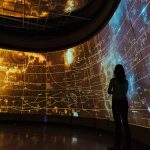Posted in8th Pay Commission Blogging Education
Government Employees Golden Ticket | 8th Pay Commission Unveils Massive Salary Revolution
8th Pay Commission . In a significant move for India's central government employees, the Union Cabinet has approved the implementation of the 8th Pay Commission, marking a crucial milestone in…















































